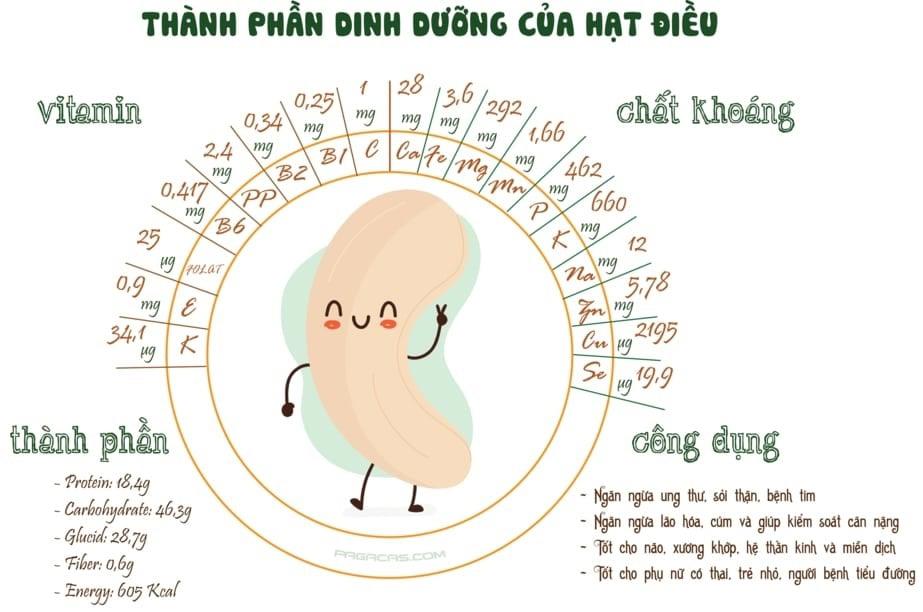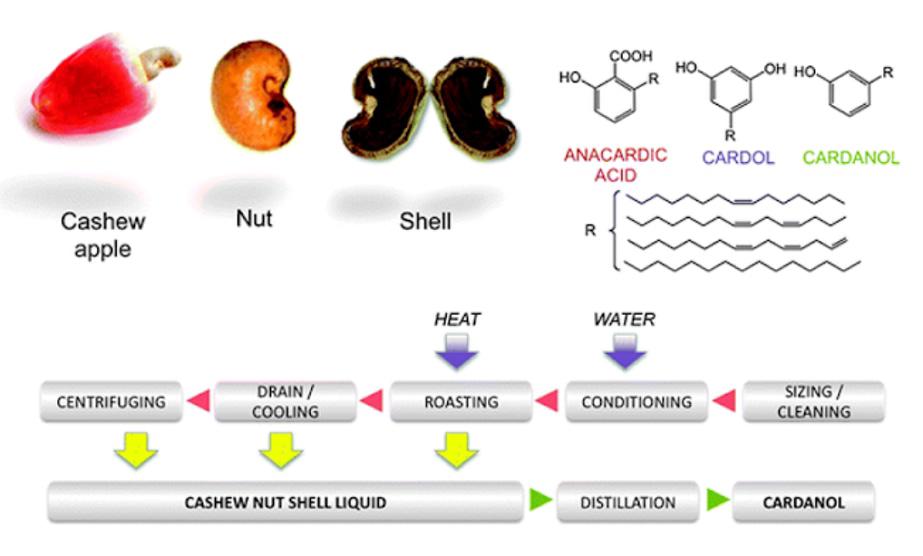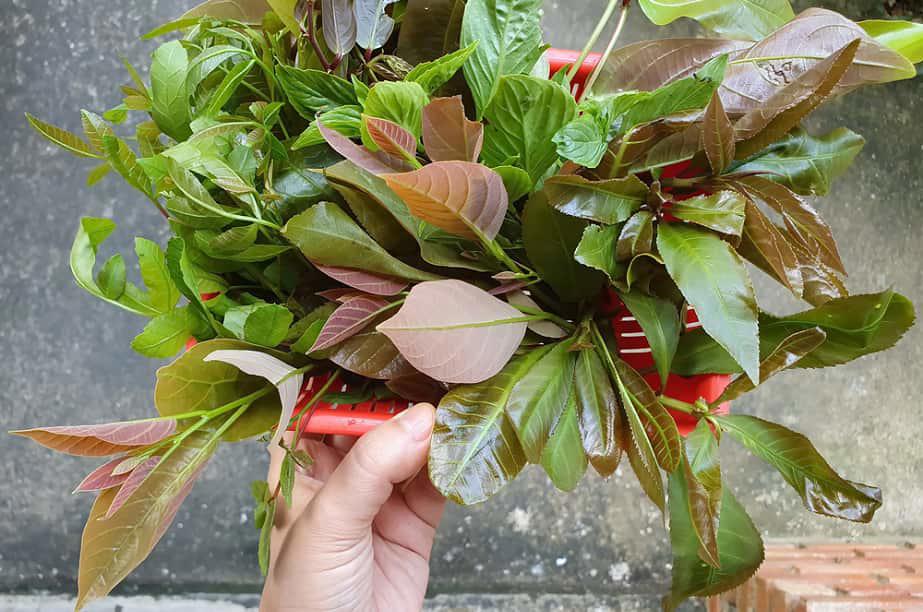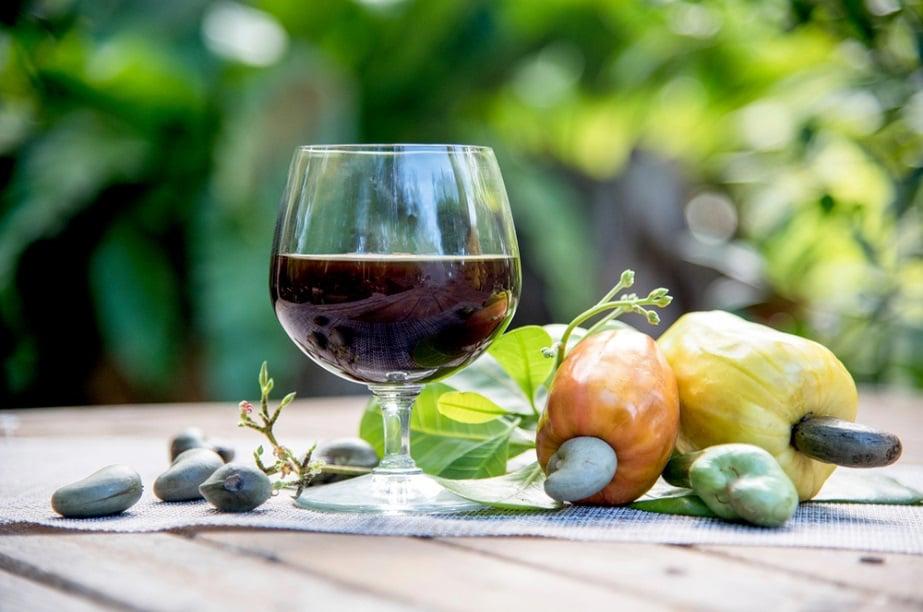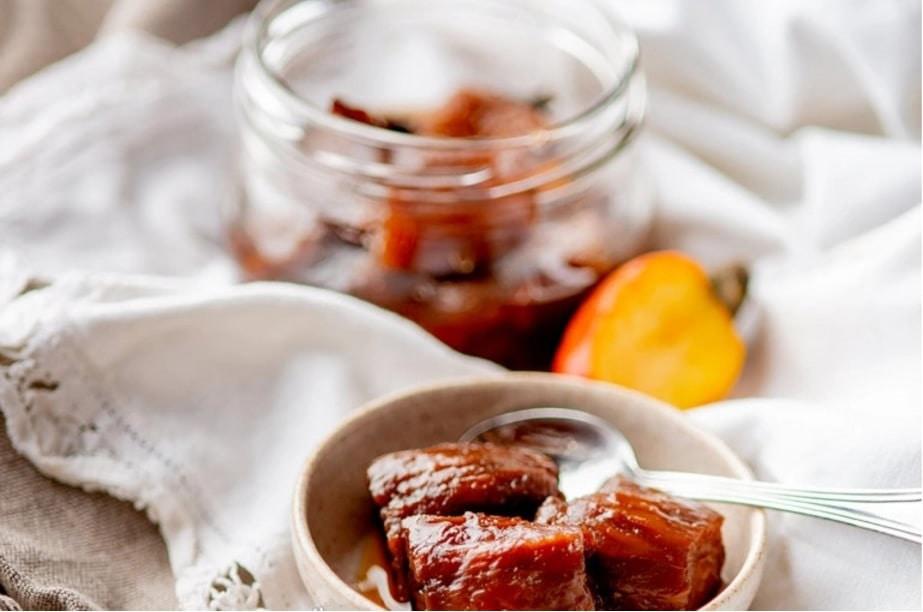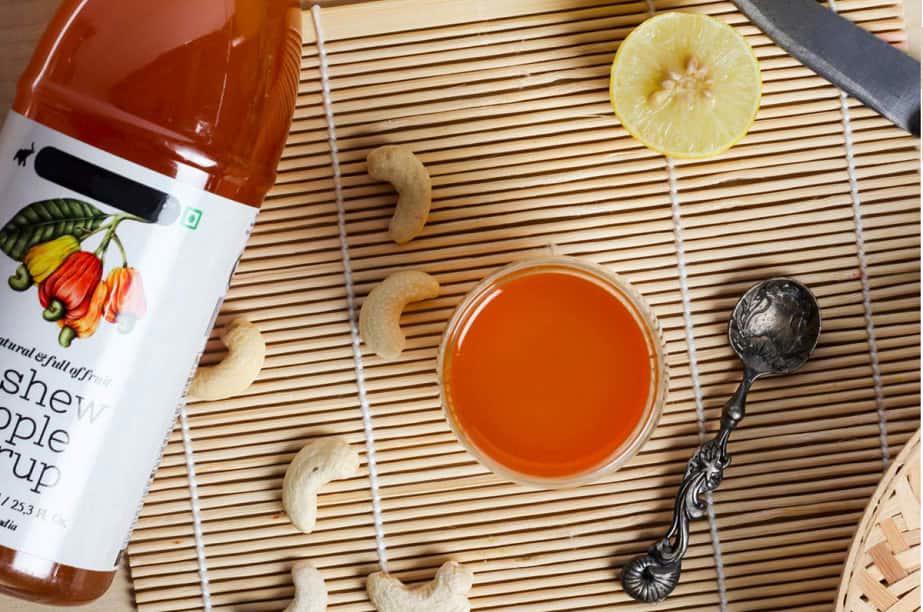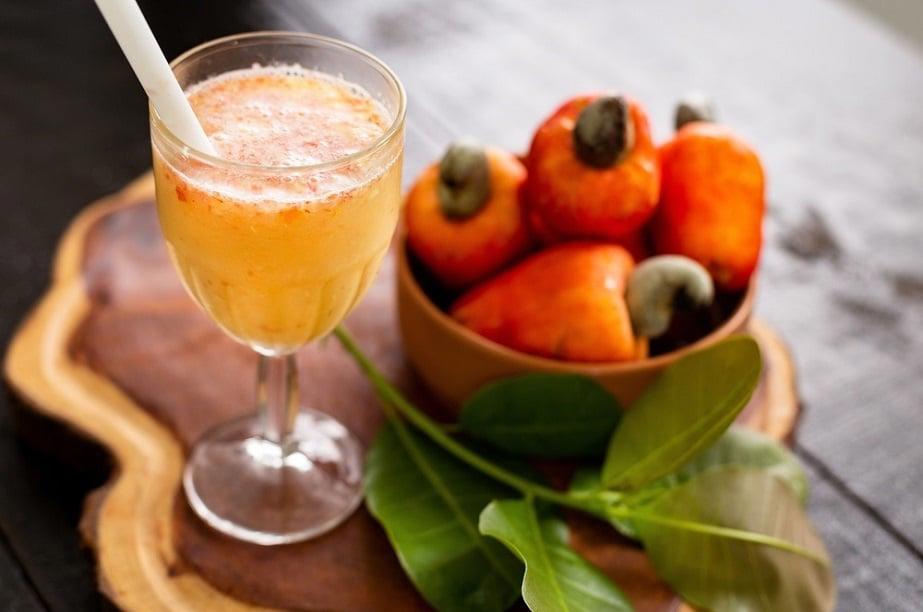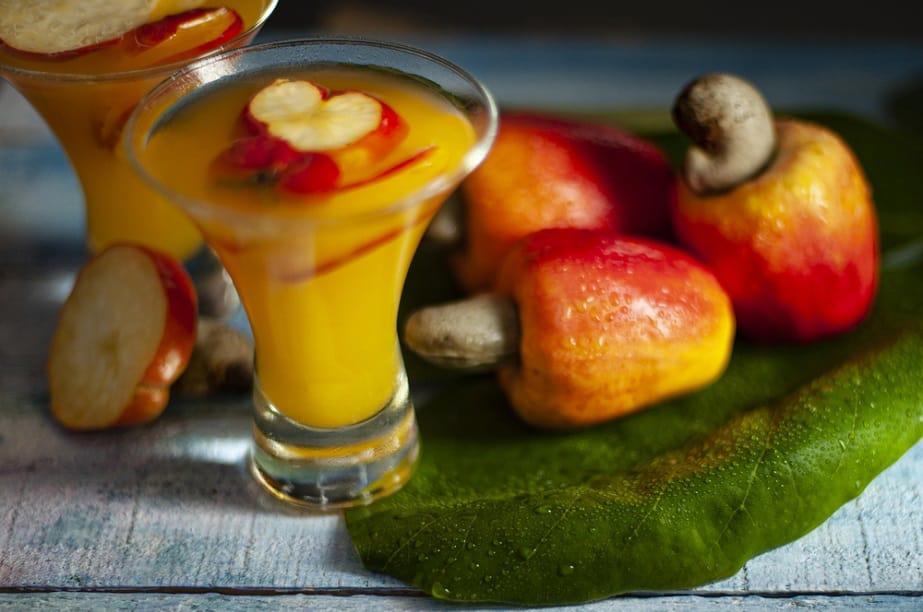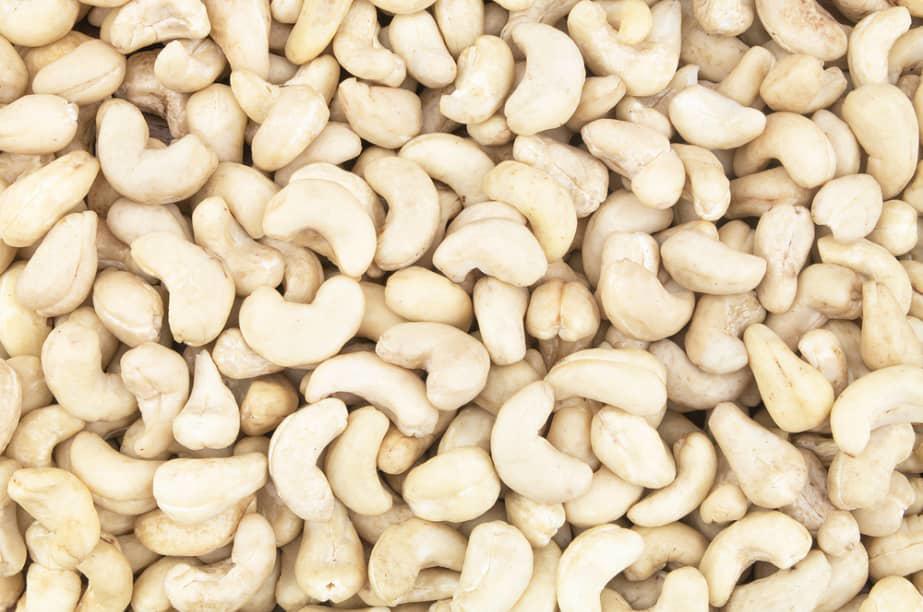Like other crops grown from seeds, the cashew tree is a highly cross-pollinate and widely spreading crop. Thus, it is easy to see the diversity of a cashew population.
Tree shapes:
There are tall cashew trees with tall spreading branches, few small branches, sparse and narrow canopy. There are dwarf trees with a dense, wide spreading crown and low spreading branches that are even close to the ground.
Flowers:
As known, cashew flowers including both male and bisexual flowers are arranged at the tips of the branches and present in clusters. Many trees flower early (only in a short time), while trees flower late (lasting for many days). The number of flowers in an inflorescence also varies greatly depending on each plant, from a few dozen to hundreds of flowers in an inflorescence. Besides, the proportion of bisexual flowers on each inflorescence of each plant varies from 4-5% to over 20%. The percentage of fruits after the blossoming of bisexual flowers varies similarly. Some trees have only 1 - 3 fruits in a bunch, while trees have up to 6 - 10 fruits.
Size and quality: The size and quality of cashew nuts and apples also vary greatly depending on each plant. Many trees produce large nuts with a high kernel ratio (25-30%), while trees only produce small nuts with a low kernel ratio (< 20%). Some cashew trees produce red fruit, while some other trees produce yellow fruit. The weight of a cashew apple ranges from a few tens to hundreds of grams. Depending on each tree, their acrid taste is different.
The diversity in tree shape, canopy, flowering phase, percentage of bisexual flowers, percentage of fruit setting, size and quality of nuts and fruits may be due to the segregation of inherent heterozygosity (genetic anomaly). For this reason, there are very few categories that are named varieties by strict definition. In general, cashew varieties were classified according to fruit color (Morada, 1941; Ras and Hassan, 1957; Cordoba, 1967; Northwood, 1967; Morton, 1970).
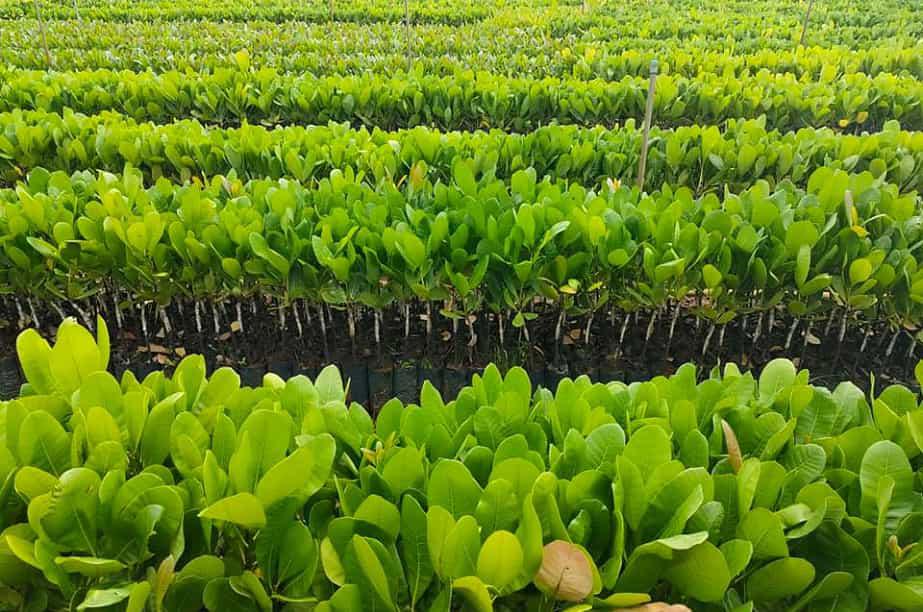
The heterogeneous nature of the cashew population has suggested a way to select cashew varieties (with self-pollination through human influence and asexual reproduction) that have full agronomic characteristics and higher productivity.
To select cashew varieties with high economic value, some important traits should be included as follows:
- Flowers bloom early and present in clusters or bunches.
- Fruiting intensity (number of fruits per inflorescence and per tree).
- Nut and fruit yield (the number of seeds - kg/1 square meter of tree canopy).
- Phenomenological characteristics (size, shape and specific gravity) of nuts and fruits.
- Immunity or ability to resist special pests.
The evaluation of these traits must be based on statistical data over a number of consecutive years and checked in future generations. Trees that meet the requirements are used to establish pure-line gardens to provide seeds for sexual propagation and materials (branches, buds, eyes, etc.) for asexual propagation.
So far, the Ministry of Agriculture and Rural Development of our country has recognized a number of priority cashew varieties for use in production such as seeds ES-04, EK-04, BD-01, KP-11, KP-12.
- Seed ES-04: A cluster: 5 to 10 fruits, ripe fruits are yellow. Kernel ratio: 27.5%; The nut size is medium (RCN size: 173 nuts/kg); This variety is less exposed to pests (tea mosquitoes, etc.), therefore, its yield is 55-65 kg/plant/year.
- Seed EK-24: A cluster: 5 to 8 fruits, ripe fruits are yellow. Kernel ratio: 28%; RCN size: 120 nuts/kg; This variety is less exposed to pests, therefore, its yield is 35-45 kg/plant/year.
- Seed BD-01: A cluster: 5 to 10 fruits, ripe fruits are yellow. High kernel ratio: 27%; The nut size is quite large (RCN size: 165 nuts/kg); This variety is less exposed to pests, therefore, its yield is 45-55 kg/plant/year.
- Seed KP-11: A cluster: 5 to 10 fruits, ripe fruits are yellow. Kernel ratio: 27.5%; The nut size is quite large (RCN size: 150 nuts/kg); This variety is less exposed to pests, therefore, its yield is 45-55 kg/plant each year.
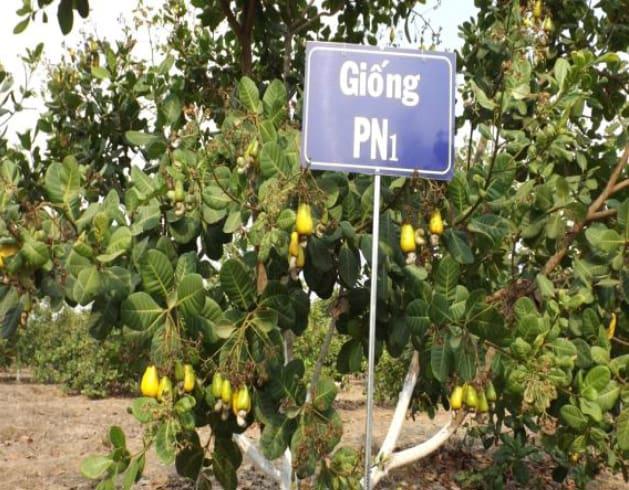
- Seed KP-12: A cluster: 5 to 10 fruits, ripe fruits are red. Kernel ratio: 27%; the nut size is large with RCN size: 140 nuts/kg. This variety is less exposed to pests, therefore, its yield is 55-65 kg/plant each year.
The above varieties are dominant individuals from the variation of cashew populations in production. These varieties were selected by Forest Science Institute of Central Highlands and South of Central Vietnam (FSICHSCV).
FSICHSCV uses the method of selecting young individuals with regionally recognized cashew varieties:
- Seed MH 5/4: After 18 months of planting, the tree will bear flowers. The number of fruits in a bunch is from 6 to 10. The ripe fruit is yellow. The nut size is medium or large from 125 to 135 nuts/kg. The kernel rate is high (29 - 32%). The variety is rarely exposed to pests. The yield ranges from 3000 to 4000 kg/ha per year.
- Seed LG1: After 18 months of planting, the tree will bear flowers. The number of fruits in a bunch is from 6 to 10. The ripe fruit is red. The nut size is medium or large from 150 to 155 nuts/kg. The kernel rate is high (28-30%). The pest resistance of this variety is average. The yield ranges from 2000 to 3000 kg/ha per year.
- Seed CH1: After 18 months of planting, the tree will bear flowers. The number of fruits in a bunch is from 8 to 14. The ripe fruit is red. The nut size is medium or large from 160 to 170 nuts/kg. The kernel rate is high (27-29%). The pest resistance of this variety is average. The yield ranges from 2000 to 3000 kg/ha per year.
- Seed PN1: After 18 months of planting, the tree will bear flowers. The number of fruits in a bunch is from 4 to 10. The ripe fruit is yellow. The nut size is medium or large from 145 to 155 nuts/kg. The kernel rate is high (30-33%). The pest resistance of this variety is average. The yield ranges from 2000 to 3000 kg/ha per year.
REFERENCE:
Thanh P. D. Cashew Nuts - Production and Processing (2003).





